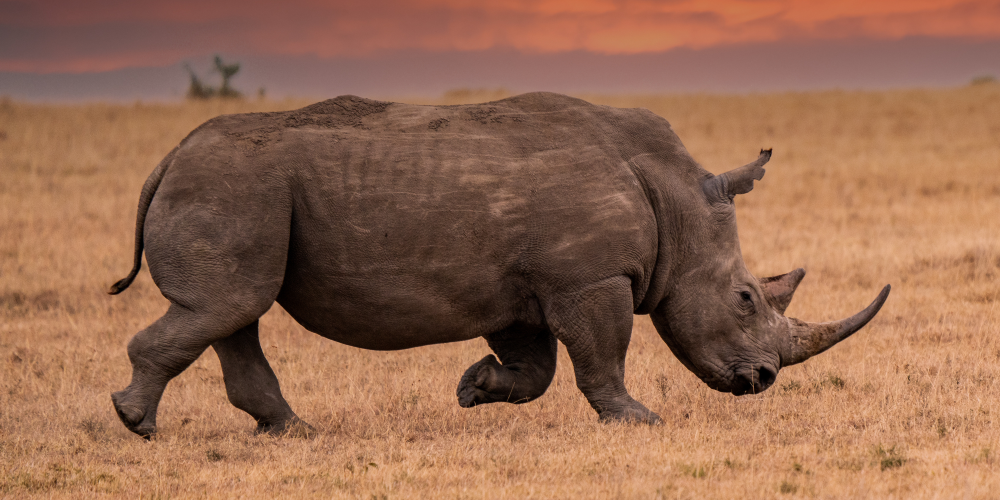Body Heat Limits Animals’ Roaming Range
An extinct ancestor of the arctic fox lived around 3 million years ago—its habitat restricted to the frigid regions of the Tibetan Plateau. But an ensuing glacial period caused a grand migration, with these foxes dispersing into the northern latitudes where they are currently found. As Earth’s temperature rises, arctic foxes—as well as many other species—may again need to roam long distances in response to a changing climate. Now Alexander Dyer from the German Centre for Integrative Biodiversity Research and the Friedrich Schiller University Jena, Germany, and his colleagues have investigated the physical constraints on the movement capabilities of animals. Their novel insight is that heat dissipation should be considered alongside body mechanics in determining the speeds at which animals can comfortably roam [1]. Their results imply that heat management requirements limit the movements of larger animals and thus make them more susceptible to climate change and dwindling resources.
Several studies have looked at relationships between the size of an organism and its movement capabilities. Previous work, for example, uncovered a universal scaling law that relates an animal’s maximum speed to its body mass. These types of analyses use a mechanical model that incorporates a characteristic length for the animal’s motion-related appendages (legs, wings, or fins, depending on the mode of transport). That length is then related to the animal’s mass through an estimate of its volume and density. The upshot is an equation that has the speed scaling with the mass raised to a power that’s between +1/6 and +1/3. This exponent is modest, but it implies that large animals should routinely travel at speeds that are faster than those employed by small animals.
However, just because an animal has the mechanical potential to travel at a particular speed doesn’t mean its body can sustain that speed for a long time. Dyer and his colleagues realized that one of the limiting factors to animal movement is the risk of overheating. The need for an animal to shed the heat generated by its muscles will cause it to either pause to cool down or move at a slower rate. Either way, the animal’s ability to roam is curtailed. Heat generation scales with volume; heat loss with surface area. When computing an animal’s average travel speed, the researchers showed that the heat-dissipation requirement adds a competing term that scales as the +1/3 power of mass. In other words, large animals are more constrained by heat than small animals.
Real animals don’t conform exactly to simple scaling laws. Researchers typically plot a large sample of animal data and then fit a model. Dyer and his colleagues took data from other studies that reported animal travel speeds over a wide range of animal masses. They found that only a model that included heat dissipation could account for the observed values. Their sample of 532 species included animals that walk, swim, and fly and encompassed ants and elephants, minnows and whales, hummingbirds and swans. For each mode of transport, travel speeds increased with mass up to a peak value and then started to decline for the heaviest animals—in agreement with the team’s model.
Ecologist Dries Bonte of Ghent University in Belgium is impressed by the conceptual simplicity of Dyer and colleagues’ analysis and its ability to fit a wide range of data. He also points out that large species are already among the rarest because of the space they need and their slow pace of reproduction. The new results show that their curtailed dispersal speed compounds their vulnerability to climate change, he says.
–Charles Day
Charles Day is a Senior Editor for Physics Magazine.
References
- A. Dyer et al., “The travel speeds of large animals are limited by their heat-dissipation capacities,” PLoS Biol. 21, e3001820 (2023).





